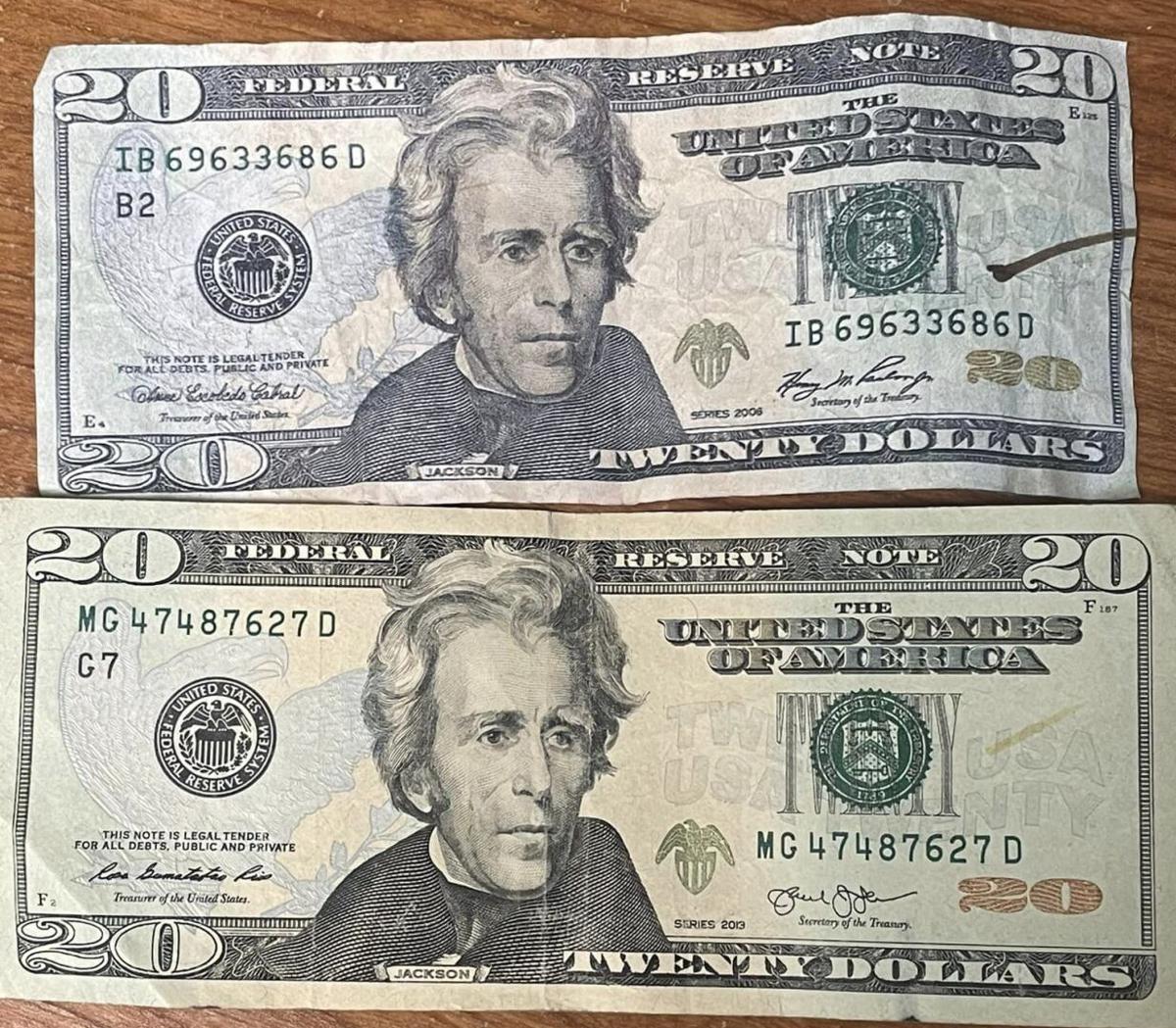Open Rewarding Deals: Get Verified copyright Money available Today
Explore the Usages of Imitation Money in Artistic Creations and Theatrical Performances
copyright money, frequently associated with deception and outrage, holds a strange attraction when it finds its means into the world of theatrical performances and imaginative productions. As we delve into the diverse usages of fake cash in these creative domain names, we begin to uncover a globe where credibility and replica blur, prompting us to examine the very nature of worth and representation within art and performance.

Historic Significance of copyright Money in Art
The historic value of copyright in art is a complicated and interesting subject that loses light on the junction of creativity, subversion, and socio-political discourse. Throughout history, artists have actually used phony cash as a device for difficult social norms, questioning the worth of currency, and making effective statements about riches and power.
Among one of the most noteworthy instances of copyright in art days back to the Dada movement of the early 20th century - copyright money for sale. Artists such as Marcel Duchamp and Hannah Höch included copyright into their works to criticize the capitalist system and explore the concept of value in a rapidly transforming globe
Additionally, throughout times of economic instability or political turmoil, copyright has actually been utilized by musicians as a type of protest or disobedience. By producing and circulating copyright, musicians have had the ability to disrupt the standing quo, difficulty authority, and provoke vital conversations concerning the function of cash in society.
Impact of copyright on Visual Arts
By incorporating phony cash into their jobs, musicians prompt conversations on the nature of worth, credibility, and social assumptions of wealth. The use of phony cash in art also raises ethical considerations pertaining to the borders of artistic expression and the effects of replicating legal tender. Overall, the impact of copyright money on visual arts is diverse, promoting important representations on the crossway of money, art, and societal values.
Significance and Meaning in Theatrical Imitation Displays
Making use of staged copyright display screens, musicians utilize symbolic representations to convey much deeper definitions and stimulate thought-provoking interpretations within the world of efficiency art. With the consolidation of copyright cash in staged productions, creators can discover motifs such as greed, power, corruption, and the illusion of wealth. The usage of phony money on phase can offer as a metaphor for societal problems, economic disparities, and the fragility of monetary systems.
In staged performances, the symbolic value of funny money extends beyond its monetary worth. It can symbolize the deceitful nature of looks, the search of materialistic wishes, and the consequences of dishonest behavior. By making use of funny money as a prop, musicians can challenge audiences to examine real meaning of wide range and the moral boundaries that people may go across in its pursuit.
Honest Considerations being used Phony Cash for Art

One significant moral consideration is the prospective lawful effects of using funny money in art. Counterfeiting currency is prohibited in most countries and can result in severe repercussions for musicians that intentionally include copyright bills into their work. copyright money for sale. This not only puts the artist in danger however likewise questions concerning advertising prohibited tasks via art
Additionally, there is an ethical problem concerning the authenticity of the artwork itself. Using funny money blurs the line between reality and replica, possibly tricking visitors and endangering the honesty of the imaginative item. Artists should consider whether the usage of funny money aligns with their worths and imaginative objectives, weighing the potential effect on their credibility and credibility.
Future Patterns in Funny Money Integration
Considering the developing landscape of creative expression, the incorporation of imitation cash in innovative works may witness a shift in the direction of ingenious and provocative avenues. As musicians remain to push boundaries and discover new tools, phony cash can significantly be used to challenge social standards, question the value of find this currency, or make effective statements concerning wealth and consumerism.
One future fad in funny money integration can be its usage in immersive art installments where audiences are urged to communicate with the items, blurring the lines in between fact and illusion. In addition, improvements in technology might lead to the production of hyper-realistic phony money that is basically identical from real currency, opening up possibilities for a lot more intricate and in-depth art work.
Additionally, cooperations between counterfeiters and musicians could lead to one-of-a-kind pieces that integrate traditional artistic methods with the workmanship of creating fake cash. Ethical considerations surrounding the legitimacy and principles of using copyright money in art will continue to be a point of opinion as these future fads unravel.
Verdict
In conclusion, usings copyright in theatrical efficiencies and imaginative productions have a lengthy history and remain to give ideas for artists. From its historical relevance to its influence on visual arts and meaning in staged displays, phony cash plays a special duty in the art globe. Nevertheless, honest factors to consider need to be thought about when utilizing phony cash for creative purposes. The assimilation of funny money in art is most likely to proceed advancing in the future.
On the whole, the effect of copyright currency on aesthetic arts is multifaceted, promoting critical representations on the crossway of cash, art, and societal values.

In conclusion, the advice usages of imitation money in staged performances and creative productions have a long background and proceed to be a source of motivation for musicians. Honest considerations need to be taken into account when utilizing phony cash for imaginative functions. The integration of copyright in art is most likely to continue developing in the future.